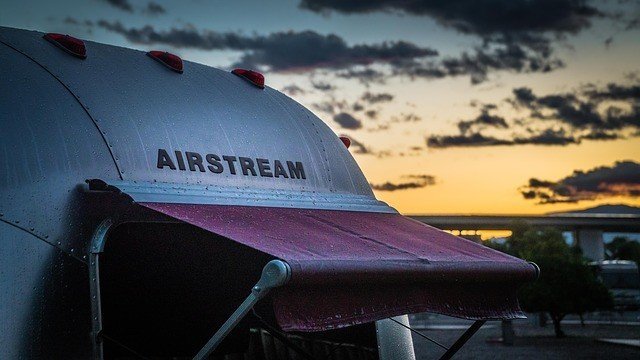Camping is a beloved pastime that can be done nearly any time of year, depending on where you travel to, and while it’s a fun experience for the whole family, there are many things to consider when you’re taking a trip. Finding the right campsite, knowing what to pack, and keeping everyone safe and happy are just a few of the steps required before a camping trip. If you’re bringing along an RV, there are several more things to consider, such as where to find the best place to park and how to navigate different types of roads in such a large vehicle.
Being prepared is the name of the game when you’re taking any trip; here are the best ways to get started.
Pack smart
Packing for a camping trip is a two-step operation; not only do you need to think hard about what items to bring, you also need to know the best way to pack it. You may not have a lot of room, so it’s important to think ahead before you begin gathering things together for the trip. Travel-size items, such as shampoo, soap, toothbrushes and toothpaste are perfect for camping trips. Pack these in a resealable plastic bag, as they’ll inevitably get wet. Don’t forget bug spray, sunblock, aspirin, a first aid kit, plastic bags to keep wet clothing in, garbage bags, matches, tin foil, and anything you’ll need for cooking, such as pots and pans, utensils, plates, cups, and a coffee pot. You may be able to find collapsible versions of many of these items, which are meant to save space for campers.
As far as packing food goes, it’s imperative to handle it safely. Bring along an airtight cooler that will keep meat at the right temperature, and always keep fresh food away from the raw. Cook meat thoroughly to prevent illness, and always clean up after yourself using garbage bags so as not to leave a mess or attract animals.
Learn fire prevention tips
Camping almost always involves a fire of some kind, whether it’s to stay warm or just to cook on. It’s imperative, then, to know how to prevent a fire from getting out of control and how to keep one contained. Do some research on the area you’re traveling to and look up safety rules; some campsites might have designated areas for fires, while others allow them anywhere. Keep a bucket of sand or water nearby for emergencies, and always make sure the fire is completely out before moving on.
Touch up on RV safety
Traveling in an RV can be a lot of fun, but it takes some time to get used to driving such a big vehicle. Plan out your route carefully, and use a GPS system that will give you up-to-date information regarding traffic and weather conditions. It might also be helpful to make a dry run of sorts before the actual trip; take the RV on similar terrain as what you’ll be driving on just to see how it handles on hills and in traffic so you’ll be familiar with it all when the time comes.
There are also lots of things to consider for an RV, as it’s very different than just driving a car and parking it. Look for RV-friendly campsites that have hookups so you can run power from there rather than using–and potentially draining–your battery. As soon as you arrive, hook up the electric, water, and sewer and secure the vehicle by chocking the wheels with blocks.
Knowing some tips and hacks can certainly help your trip go more smoothly, as well; one traveler wrote on her blog that she uses a cut-up pool noodle to wedge above hangers and keep clothing in place while the RV is moving. You can also look up several slow-cooker meals, place the pot in the sink, and have supper cooking while you’re driving; that way, it will be safe and the meal will be ready by the time you’re ready to stop for the night.
It may sound like an overwhelming amount of information, but it’s important to remember that traveling and camping–especially with several people–is a big undertaking, and it may not always go as smoothly as you’d like. However, as long as you have a plan in place and keep communication open with your family members, you can have a trip that everyone will remember fondly for years to come.

